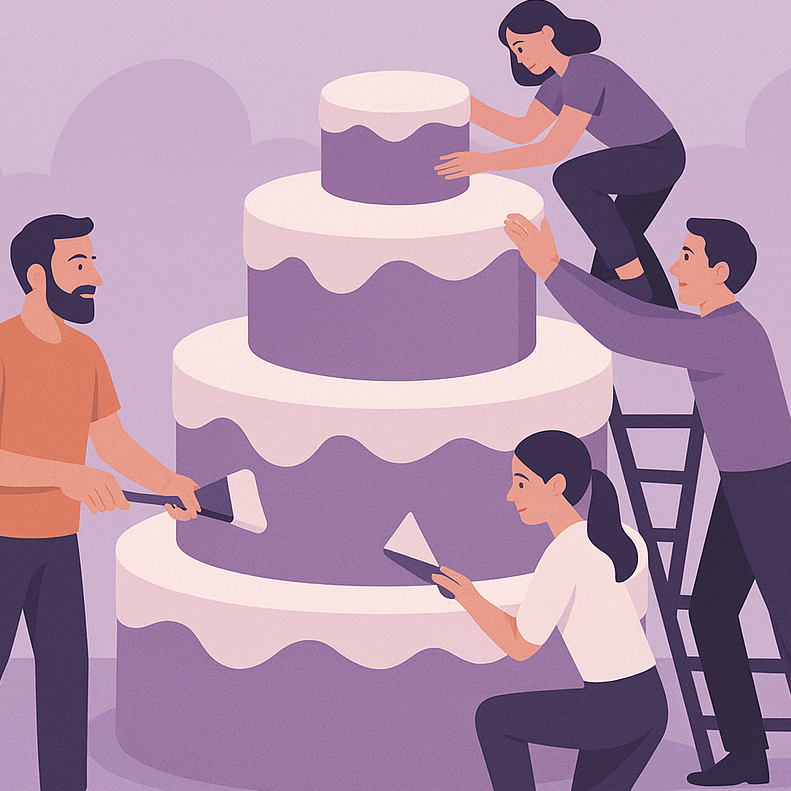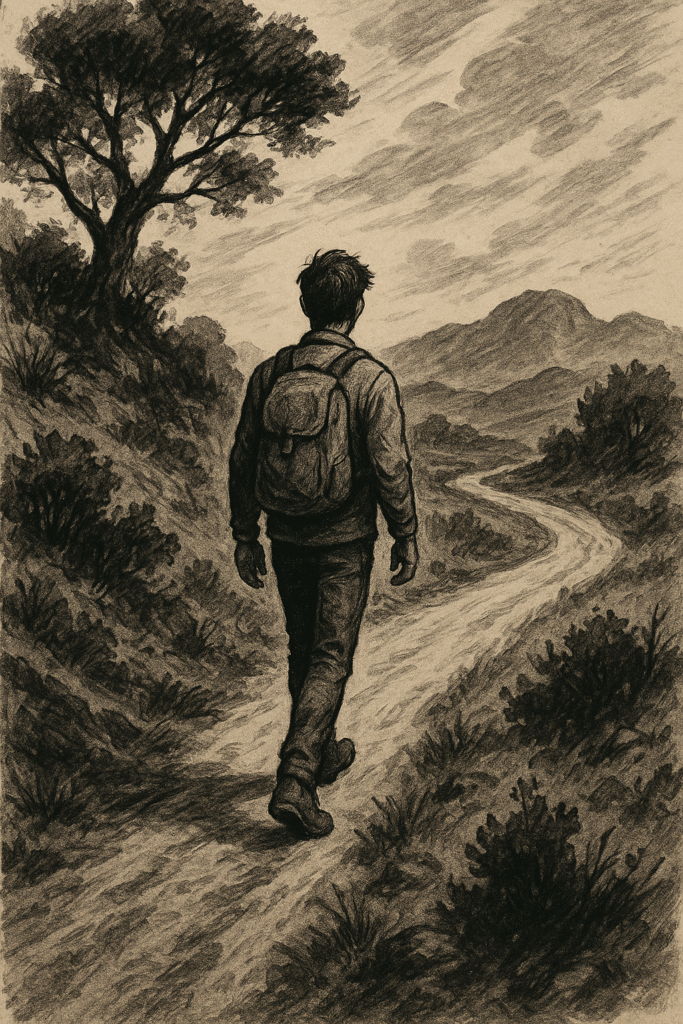From a very young age, I learned how to be critical of myself — like many people I know. It came from my parents, of course, who wanted the best for me but also encouraged me to think about how I behave, what I do, and what I don’t.
One mantra I live by now is: “Do things with caution, as if someone is always watching.” To be fair, this mindset helped me in many ways, but in others, it held me back.

Self-criticism can easily become a burden. When we turn into our own harshest critics, even our good moments start to feel trivial. We begin to feel joy only when we achieve something big — and unfortunately, those moments are rare. It’s not that we’re failures; it’s that we’ve built unrealistic expectations of what our abilities should be.
We’re constantly exposed to people who made millions in their twenties, top athletes, charismatic hosts, and global superstars — and somehow, that became our “normal” benchmark for success. But that’s a lie. Those examples are the exception, not the rule. They reflect a mix of rare talent, discipline, opportunity, and relentless effort — things most people never see in their full context.
The truth is, most of life doesn’t happen on the bleeding edge of performance or innovation — nor should it. What truly drives progress, even for those at the top, is a series of small wins repeated over time. They build momentum, confidence, and resilience.
And that’s the key for all of us — the so-called “civilians” who aren’t here to break records or become the next Einstein. We need to learn to celebrate small wins, recognize progress, and create our own systems of positive reinforcement. Instant gratification doesn’t have to come only from scrolling, sugar, or distractions — it can come from acknowledging each step forward, each iteration that keeps us moving.
Without that feedback loop, we burn out. Even if luck or opportunity finds us, we won’t feel fulfilled, because we’ve wired ourselves to never feel “enough.” We’ll chase the next thing, and the next, losing the joy in the process.
To truly grow — and be happy — we have to redefine what success means for us personally.
Before starting anything new, ask yourself honestly:
- What does success look like for me here?
- How will I know when I’m winning?
- Am I competing with someone — and if so, why?
I always remember the story of a young woman who told a world-class violinist, “I would give my whole life to play like you.” He replied, “I did.”
It’s a reminder that to reach the elite level, you have to give your life to something. Most people can’t truly master more than one thing — maybe two, if they’re exceptional — and those who do are the true outliers.
So for the rest of us, the goal is simpler but no less meaningful: to be our best supporters, not our harshest critics — and to find joy in every small step forward.








